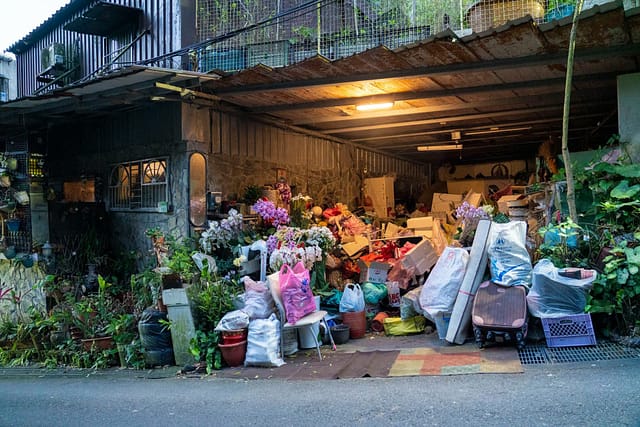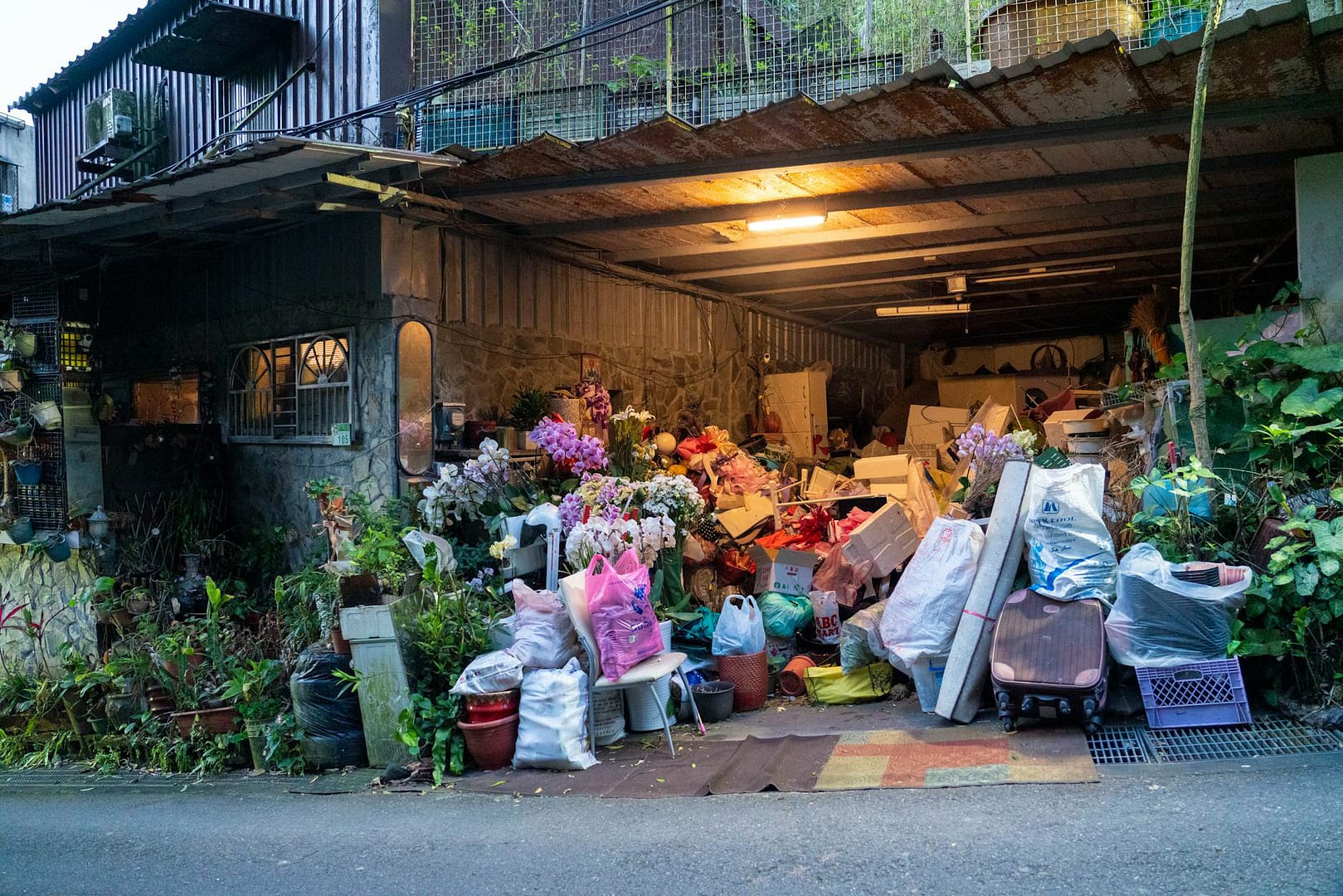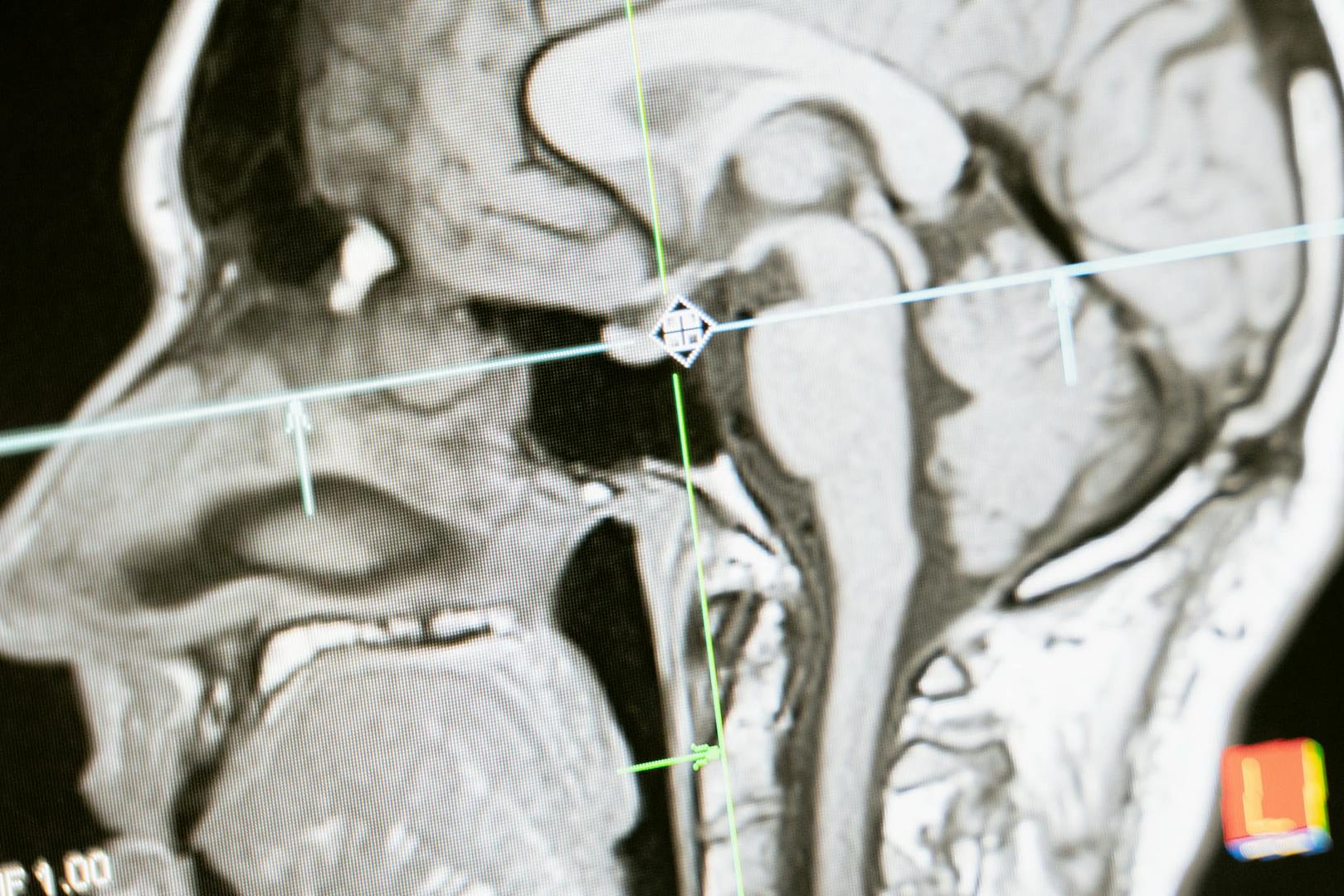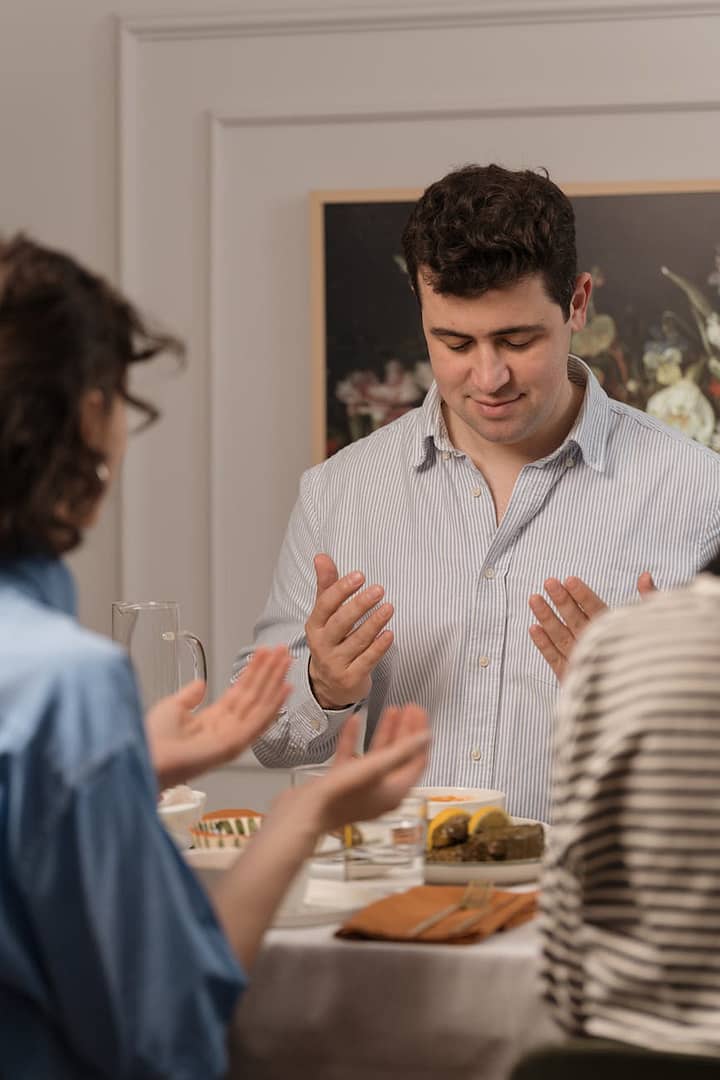When you think of hoarding, what comes to mind? Probably those shocking TV shows with homes buried under mountains of stuff, right? But here’s what researchers have discovered: the reality of hoarding is far more complex—and it often starts much earlier than most people realize.
It’s Not What You Think
Forget everything you’ve seen on reality TV. Hoarding isn’t about being lazy or messy. It’s not about suddenly deciding to keep everything. The truth is much more nuanced, and frankly, more heartbreaking.
Recent research has revealed that hoarding behaviors typically begin subtly, often taking root during childhood or early adolescence. We’re talking about kids as young as 11-15 years old—middle schoolers who are already juggling homework, friend drama, and figuring out who they are.
The Childhood Connection Nobody Talks About
Here’s something that might surprise you: many adults with hoarding tendencies can trace their behaviors back to childhood. In detailed interviews, they often recall forming unusually strong emotional bonds with their belongings as kids.
Picture this: while most children might feel attached to a favorite stuffed animal or toy, these kids felt deeply connected to ordinary items—maybe an old receipt, a broken toy, or even something as simple as a piece of string. Each object told a story, held a memory, or represented something important to them.
The idea of throwing these things away? It wasn’t just difficult—it felt genuinely distressing.
When Good Intentions Go Wrong
Here’s where things get complicated. Many of these individuals remembered painful moments when their parents threw away their possessions without asking or pushed them to get rid of what they saw as “junk.”
While parents obviously meant well, this approach often backfired spectacularly. Instead of helping, it sometimes made the hoarding behaviors worse. The child learned that their emotional connection to objects wasn’t understood or respected, which only strengthened their need to hold onto things.
It’s All About Meaning, Not Mess
What makes hoarding so challenging to understand—and treat—is that it’s fundamentally about meaning. While most of us might feel sentimental about a few special items, people who hoard develop emotional bonds with a much wider range of objects.
That broken kitchen gadget? It might represent a memory of cooking with a loved one. Those expired coupons? They could symbolize financial security or preparedness. It’s not about the object itself—it’s about what it represents.
The Triggers That Change Everything
Hoarding doesn’t always start in childhood. Sometimes it emerges or intensifies after major life changes:
- The death of a loved one
- The end of a significant relationship
- Moving to a new home
- Graduating from school
- Job loss or career changes
These transitions can shake someone’s sense of control and security. Suddenly, holding onto possessions feels like a way to maintain stability in an uncertain world.
When Does Collecting Become a Problem?
Not everyone who saves things has a hoarding disorder. The key question isn’t “How much stuff do you have?” but rather “How is this affecting your life?”
Are you unable to use important areas of your home? Is it hard to have people over? Are you avoiding social situations because of shame about your living situation? These are the signs that suggest it might be time to seek help.
Breaking the Stigma
One of the biggest barriers to getting help is shame. Popular media has painted hoarding as something extreme and freakish, making people reluctant to recognize their own struggles or reach out for support.
But here’s what mental health professionals want you to know: hoarding exists on a spectrum. You don’t need to be living in extreme conditions to benefit from support. Early intervention can make a huge difference.
Why This Research Matters
Understanding that hoarding often begins in childhood changes everything. It means we can:
- Watch for early signs in young people
- Approach the issue with more compassion
- Develop better treatment strategies
- Help families navigate these challenges more effectively
Moving Forward with Compassion
The next time you see a story about hoarding—whether in the news or on TV—remember what the research tells us. This isn’t about laziness or choosing to live in chaos. It’s about emotional attachment, meaning-making, and often, unresolved childhood experiences.
For those struggling with hoarding behaviors, know that you’re not alone. Professional help is available, and understanding the roots of these behaviors is the first step toward positive change.
If you or someone you know is struggling with hoarding behaviors, consider reaching out to a mental health professional who specializes in this area. Early intervention can make a significant difference in outcomes.



